Historic hardware: 1978 Travis Bean TB1000S
A visionary model from a visionary builder
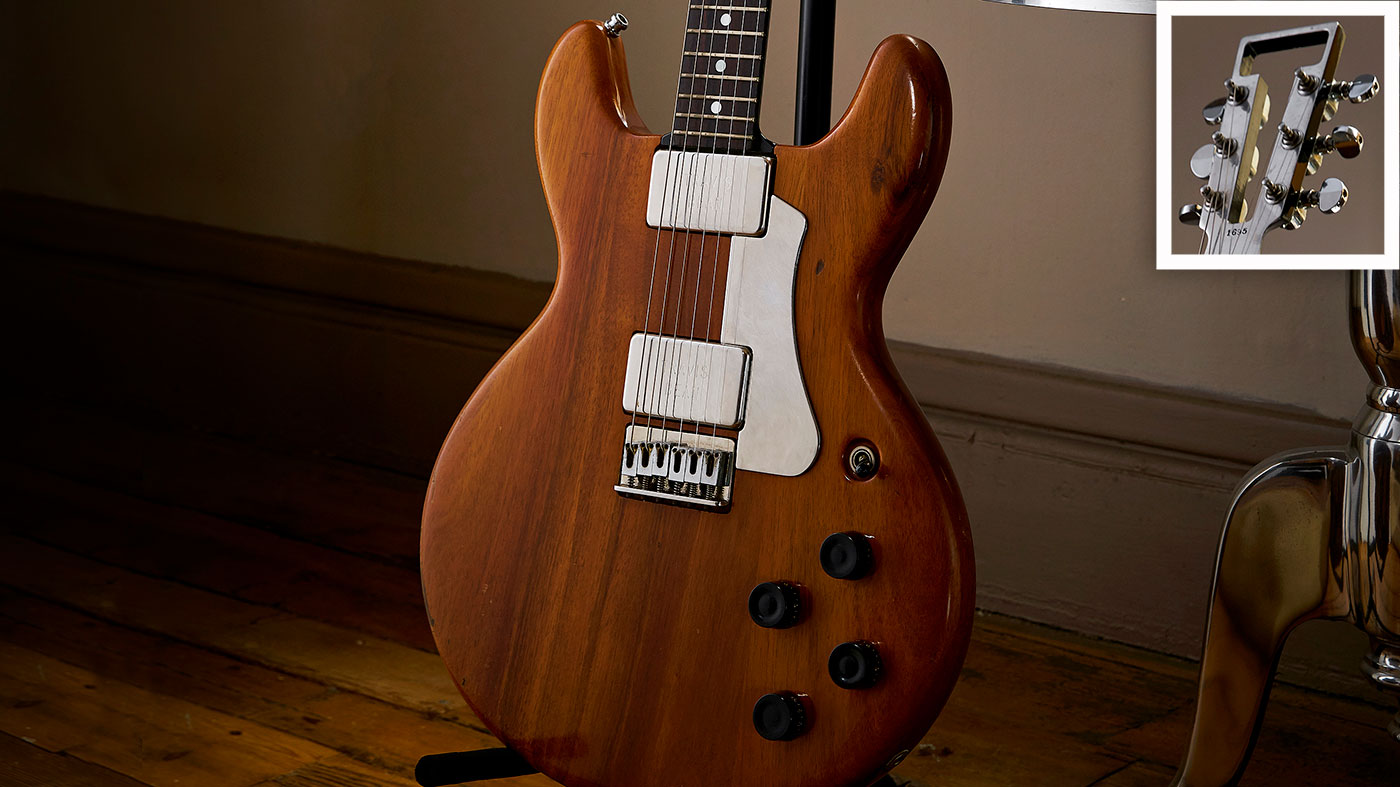
If you’ve been debating the pros and cons of maple versus mahogany versus partially petrified marine relic bog oak, then here’s something that will really throw you off (or quite possibly on) course…
Back in the heady days of the 1970s, guitar builders were pitting their wits against each other in all manner of ways to stay afloat. On the one hand, big-name brands such as Fender, Gibson and Gretsch were making concerted efforts to maximise their profits while streamlining production (and quality control…) forcing some players to look to the glories of the past for superior quality instruments. In the process, the myth of ‘old is better’ was born, inadvertently sparking off the vintage guitar market as we know it today.
But not all guitar makers were living in the past. Some inventive guitar trendsetters were determined to innovate, steering towards something new and entirely different. Sink or swim, it was a time of great uncertainty in a competitive industry. Sadly many guitar brands that tried to strike out in new directions sank without trace. But, ironically, the treasures they left behind on the sprawling map of guitar history are now more highly coveted than ever and are worth far more today than just their weight in aluminium.
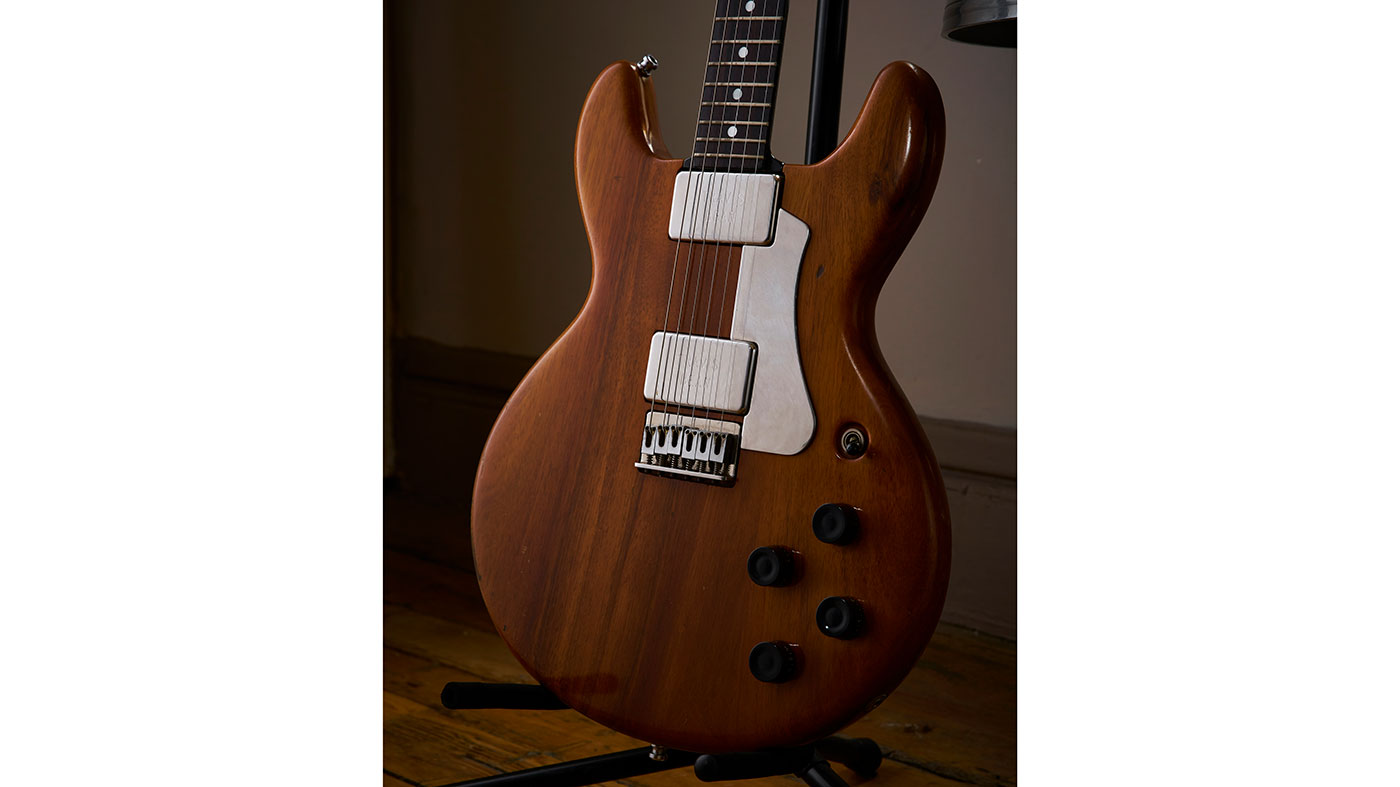
Despite a certain degree of limelight over the years, Travis Bean guitars have nevertheless remained under-the-radar in terms of mass appeal
Mr Clifford Travis Bean - better known as Travis Bean - was one such visionary guitar builder. In 1972, he teamed up with Marc McElwee (and, later, Gary Kramer who, in 1976, would go on to form Kramer Guitars) with the bright idea of building a through-neck guitar out of aluminium. The idea was to avoid the inherent problem of movement associated with using wood in guitar construction and so minimise the requirement for ongoing maintenance and adjustment.
Despite its humble beginnings in a shed at Marc’s parents’ house, the company soon gained some impressive A-List endorsees. The Rolling Stones’ Bill Wyman appeared on the cover of Guitar Player magazine cradling a Travis Bean bass guitar and extolled its virtues to an intrigued readership. Other household-name converts to Travis Bean guitars included Bill’s bandmate, Keith Richards, the Grateful Dead’s Jerry Garcia, Joe Perry of Aerosmith and Guns N’ Roses’ Slash.
Although they have enjoyed a certain degree of limelight over the years, Travis Bean guitars have nevertheless remained under-the-radar in terms of mass appeal. But, despite their lack of mainstream commercial success, they have gained a cult following among some of music’s most inventive guitar players. Latter-day Bean devotees include Shellac’s Steve Albini and Bob Weston, Duane Denison of the Jesus Lizard, Sonic Youth’s Lee Ranaldo, jazz wizard Stanley Jordan and musician/ filmmaker Vincent Gallo.
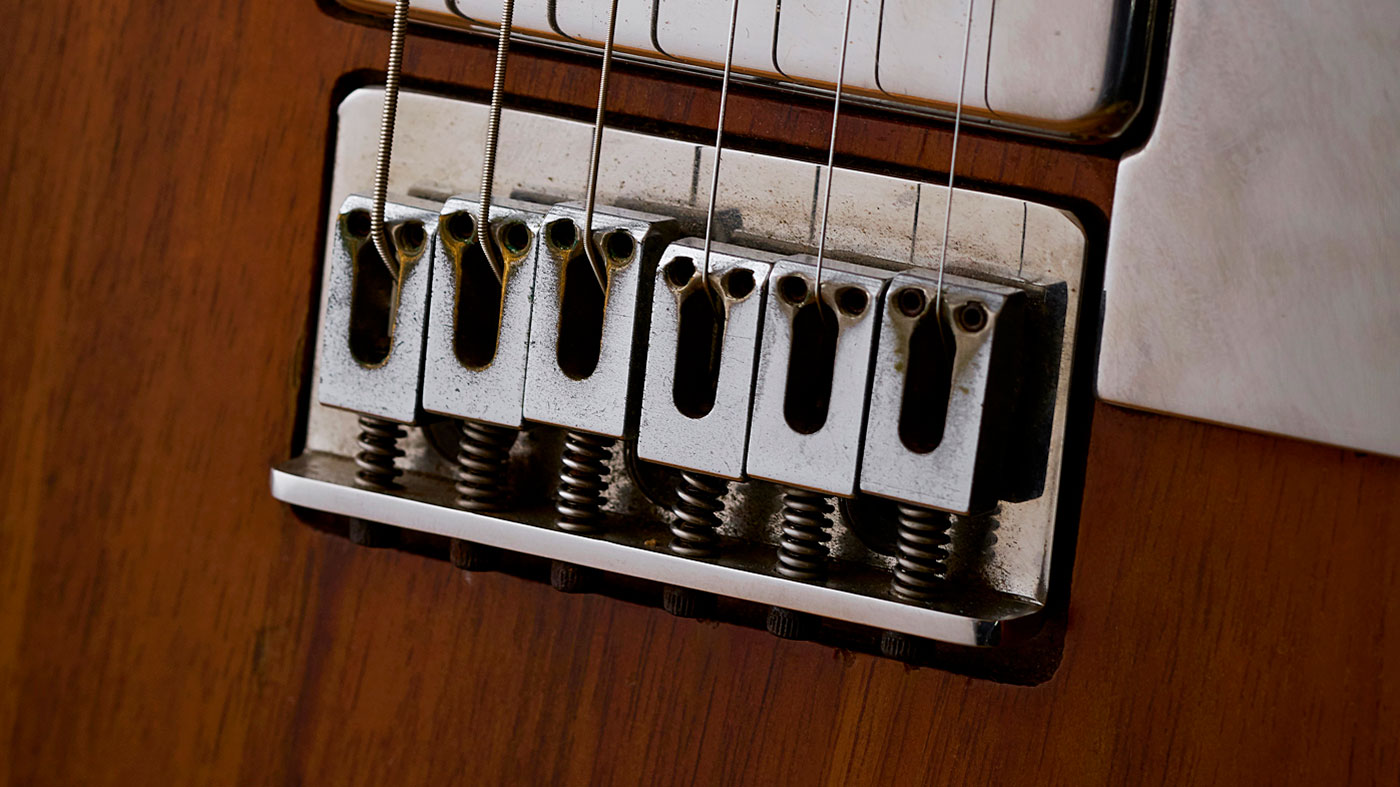
70s comeback
So what is it that attracts their admiration four decades on? And how do these rare, metal-necked guitars stack up compared to more conventional electrics?
Get the MusicRadar Newsletter
Want all the hottest music and gear news, reviews, deals, features and more, direct to your inbox? Sign up here.
Guitarist tracked down a model TB1000S from 1978 (the company’s final year of production) to Vintage ’n’ Rare Guitars in Bath for a closer look - we were keen to see how these 70s rarities fare as regular working instruments.
“A lot of stuff from the 70s has really made a comeback and is gaining popularity,” says Paul Tucker of V ’n’ R. “The weird, unique, wood-coloured stuff like walnut Telecaster Deluxes, S. D. Curlees, Alembics, Kramers and Travis Beans. There’s also been a bit of a resurgence of aluminium as a material to make guitars with - you’ve got the Electrical Guitar Company and Normandy Guitars; they’re interesting instruments.
“I always thought Travis Beans were super cool. I remember seeing Slash using his black TB1000S for the song Bad Obsession on the Use Your Illusion tour. The most obvious difference between the TB1000S [Standard] and the TB1000A [Artist] double humbucker models is the fretboard inlays - TB1000S models have dot inlays, as opposed to blocks. The TB500 is the single-coil pickup model and is the guitar Steve Albini uses in Shellac, while his bandmate, Bob Weston, uses a TB2000 bass. Jerry Garcia also used a TB500, as well as a TB1000A.”
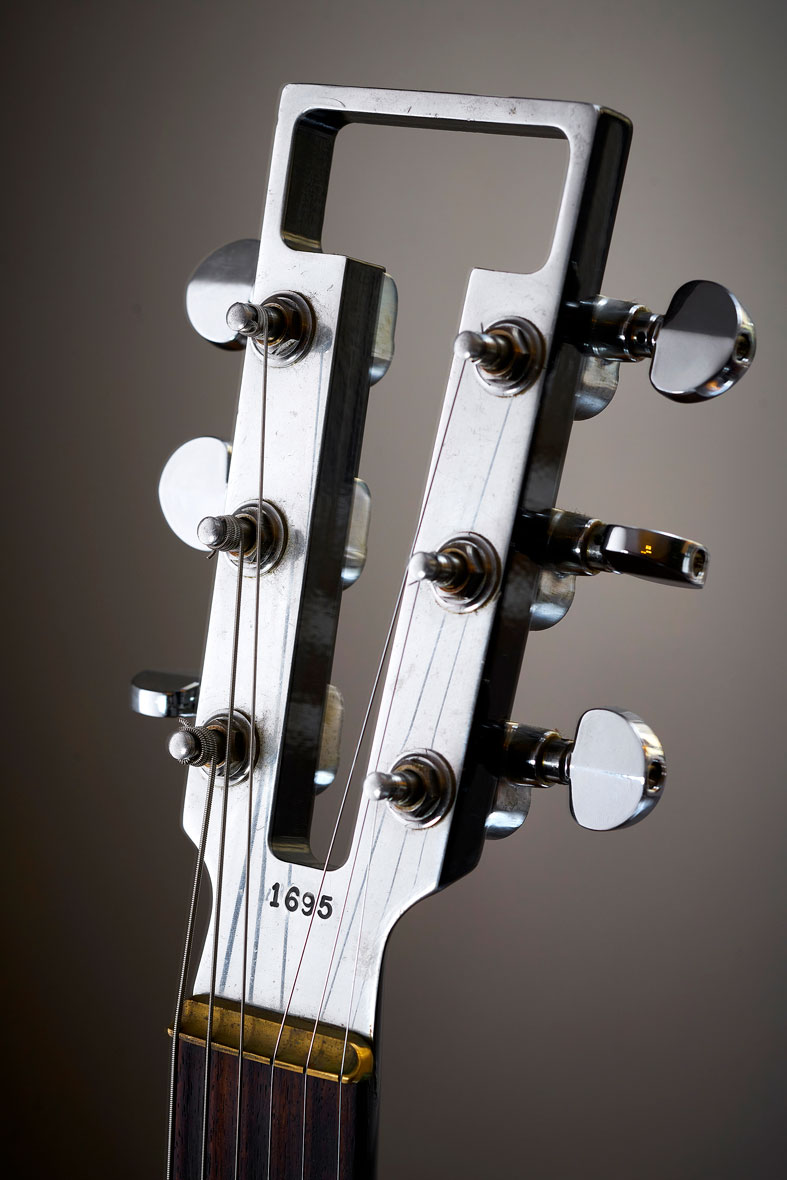
Full frequency
Being made of aluminium, that will obviously impart something quite unique... They’ve got a big presence
Ryan Taylor, an independent guitar tech and luthier, recently serviced this ’78 TB1000S after it arrived at V ’n’ R. He has worked on thousands of vintage instruments over the years and is a recent convert to the unique tones of Travis Bean.
“Travis Beans have, finally, got me into listening to Jerry Garcia,” remarks Ryan. “I didn’t know he was a Travis Bean player until I had one in the workshop. Half a dozen people walked in, saw it and said, ‘Oh, cool - Jerry Garcia!’
“Like any guitar, there are lots of things that accumulate in order to create the final tonal picture, but being made of aluminium, that will obviously impart something quite unique. They sound awesome. They’ve got a big presence. ‘Full frequency’ is a very good description of their sound. If someone’s playing a Travis Bean in the same room as you, you can’t mistake it. I played a couple of [Foals guitarist/vocalist] Yannis Philippakis’ Travis Beans when I was doing some work on them for him, and they’ve all got that same tonal characteristic - full, fat, big, loud and brash, but still very musical. They’re all amazing guitars, as far as I’ve seen.”
“It’s a very complex tone and is full frequency - very hi-fi,” agrees Alex Blain of V ’n’ R. “The sound has massive amounts of harmonic detail. It’s one of those guitars that’s really lively and has a lot going on. It’s all in there - you hear everything and it all sits together nicely. Some guitars, like Les Pauls, can be midrange heavy - they have a grunt to them, whereas Teles project a different kind of sound, but when it comes to these Travis Bean guitars, everything comes out in a really balanced way.”
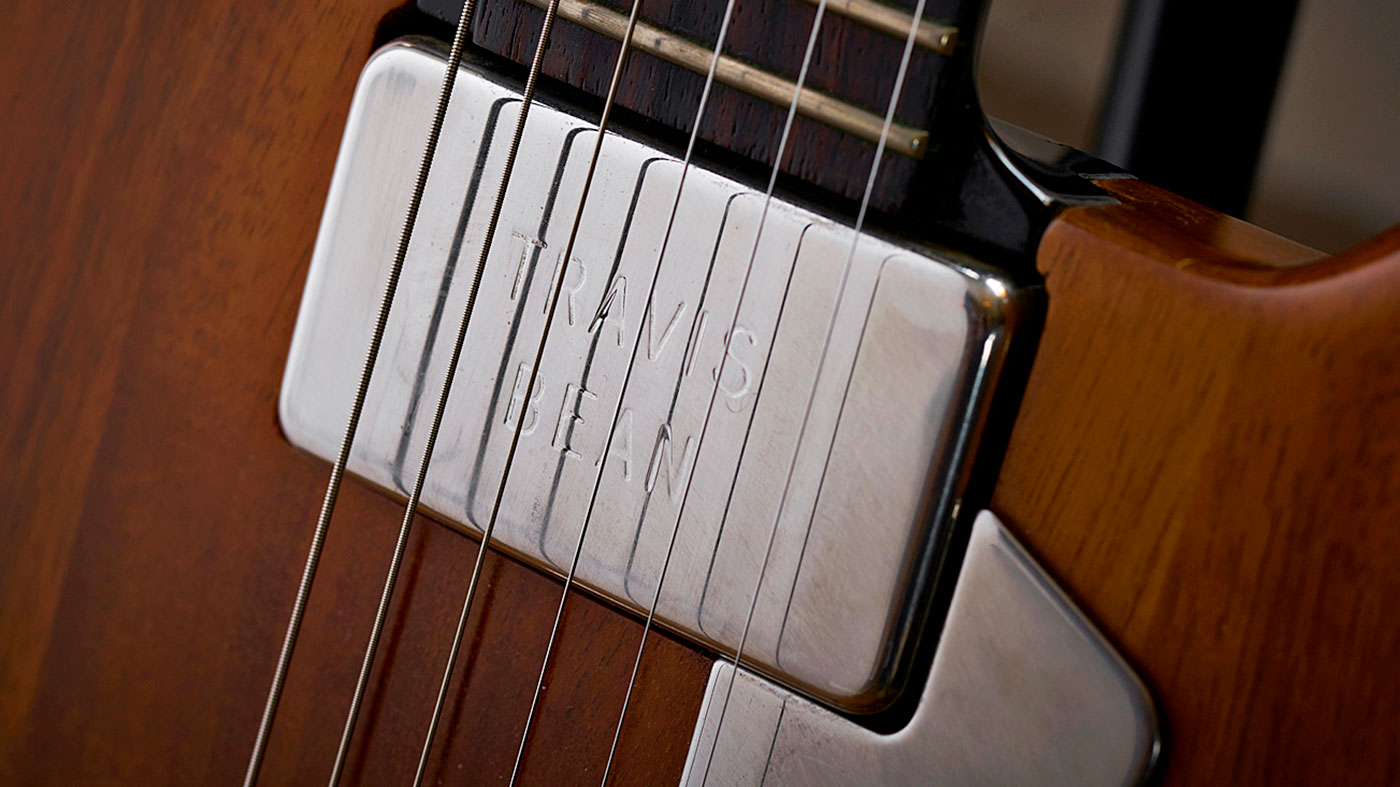
Happy accidents
Tonewoods and materials don’t necessarily just impart their sound - it’s also about what they allow to come through, or what they don’t absorb
“The exact tone of these guitars may have been a happy accident to some degree,” muses Paul. “Who knows what was going on in his mind when he came up with the idea? Certain tonewoods and materials don’t necessarily just impart their sound onto something - it’s also about what they allow to come through, or what they don’t absorb. It’s like colour - when you see something red, it’s because those are the frequencies the material isn’t absorbing, or in other words, the part of the spectrum it’s reflecting.”
The electronics and pickups, although unique to Travis Bean, are of a relatively standard construction. “The circuit itself is nothing out of the ordinary. It’s similar to a Les Paul - as in both humbuckers have separate volume and tone controls, but it has a total of four capacitors,” explains Ryan.
“As well as the two standard tone caps, there’s also a treble bleed cap on each of the volume pots. Oddly, both pickups give identical readings of 11.39 kilo-ohms, which is weird. Consistency is king there, I guess!
“The pickups just bolt in from the back of the neck. There’s a big slot in the wood for the neck to slide into; the neck has tongues sticking out of the side that sit into grooves, and it just slides down into position. Three bolts hold the bridge in position at the bottom end of the neck, and there are two angled wood screws in the upper end that hold it all together.”
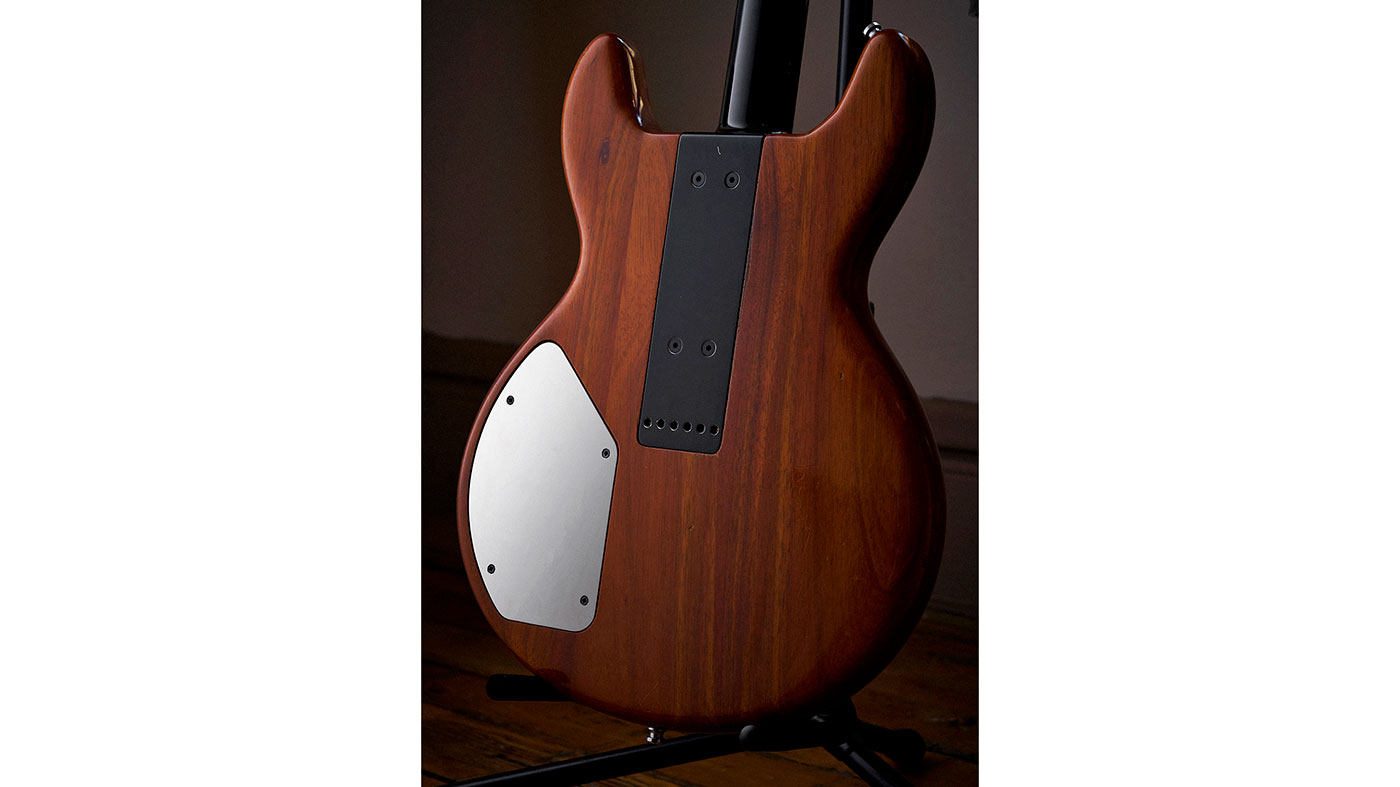
Through-line
“It’s a single piece of aluminium, from the top of the headstock down to the bridge. The bridge is like a 70s hardtail Strat, albeit strung through the neck,” says Paul. “All in all, it weighs 9.8 lbs, or 4.4kg, which isn’t overly heavy - that’s about on par with a Les Paul Custom. It’s a threepiece koa body, although by 78 they were also using magnolia wood and the bodies got thinner; this one’s 1¼ inches deep and 14 1/8 inches wide. They changed a few things as they went along.
Travis Bean were not one of those companies that got bought out and then started making inferior instruments
“Also, by 78 they were using black, direct-to-metal DuPont Imron to paint the backs of the necks because people were complaining they felt a bit cold, and they introduced a laminated aluminium rosewood fretboard construction to address some stability issues. It’s got a 22-fret ’board with a scale length of 24¾ inches. The radius is pretty flat, although is slightly more curved than earlier guitars. The neck width measures 1 5/8 inches at the nut (much like a standard Fender B-size neck) and 2 inches at the 12th fret. I don’t think the knobs are original on this guitar, but everything else is as it left the factory.”
“Travis Bean were not one of those companies that got bought out and then started making inferior instruments,” emphasises Ryan. “They started making amazing guitars, tweaked their designs a bit and then, like so many other great guitar builders of the time, went out of business. It’s a short, sweet story all in one book!”
Rod Brakes is a music journalist with an expertise in guitars. Having spent many years at the coalface as a guitar dealer and tech, Rod's more recent work as a writer covering artists, industry pros and gear includes contributions for leading publications and websites such as Guitarist, Total Guitar, Guitar World, Guitar Player and MusicRadar in addition to specialist music books, blogs and social media. He is also a lifelong musician.












